The Broader Toll on U.S. Agriculture
Beyond the immediate shocks to export and input costs, tariffs risk reshaping the structure of U.S. agriculture itself. According to recent USDA estimates, retaliatory tariffs since 2018 have cut U.S. agricultural exports by more than $27 billion, with the 2025 wave poised to deepen those losses. Export losses reduce cash flow while higher input costs, from fertilizer to equipment, drive up operating expenses.
These pressures are undermining one of the United States’ greatest natural advantages: its vast, highly productive farmland that has long helped feed the world. Facing shrinking profit margins and uncertain access to global markets, farmers are delaying equipment purchases, scaling back investments in precision technologies, and, in many cases, taking on additional debt just to stay afloat. Research from the U.S. Department of Agriculture (USDA) and Iowa State University finds that tariffs have systematically compressed profit margins and heightened financial stress, especially for small and mid-sized farms with limited liquidity.
Perhaps most worrying, the long-lasting damage may be strategic, not just economic. Once foreign buyers reorient toward alternative suppliers, markets are slow to recover. As Chinese importers deepen partnerships with Brazil and Argentina, and as Beijing’s food security strategy prioritizes supply diversification and lessening reliance on the United States, the United States risks ceding durable market access that took decades to build.
If history is any guide, Washington may again turn to temporary relief programs to cushion farmers’ losses. But such stopgap measures merely transfer the cost to taxpayers and do little to halt the deeper erosion of U.S. agricultural competitiveness. A lasting solution requires a stable and predictable trade environment, lower costs for critical inputs like fertilizer and machinery, reliable access to farm labor, and proactive diversification of export markets before trading partners force the issue. Without these measures, the “food fight” of 2025 could evolve beyond a single cycle of tariff retaliation. It risks causing significant, long-term economic and strategic damage, with the American heartland bearing a disproportionate share of the burden.
Philip A. Luck is director of the Economics Program and Scholl Chair in International Business at the Center for Strategic and International Studies (CSIS) in Washington, D.C. Hugh Grant-Chapman is a fellow with the Economics Program and Scholl Chair in International Business at CSIS. Duc Minh Nguyet (Moon) Nguyen is a research intern for the Economics Program and Scholl Chair in International Business at CSIS.
